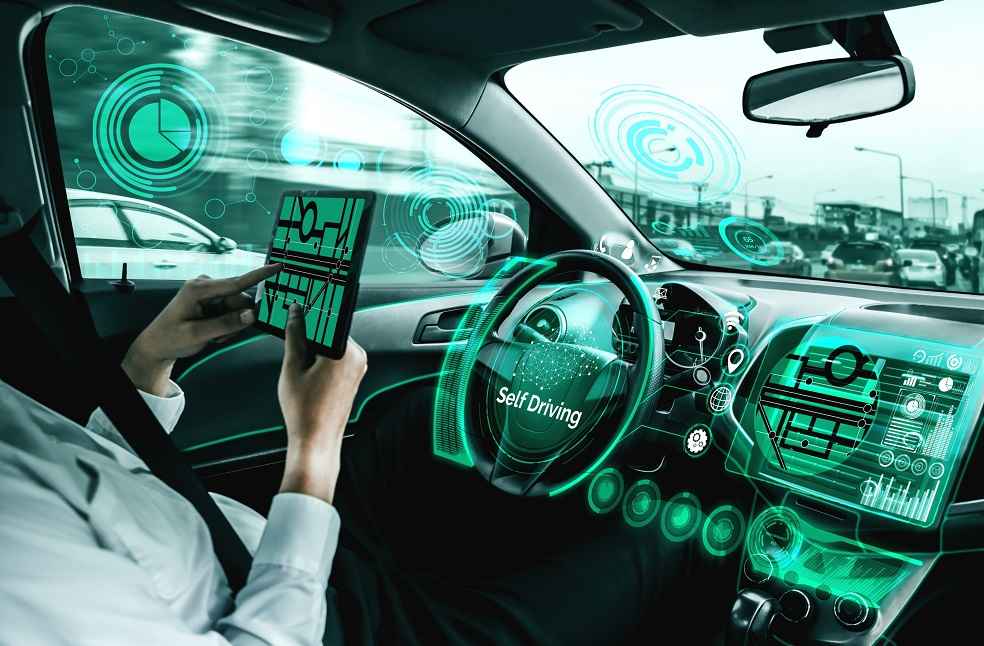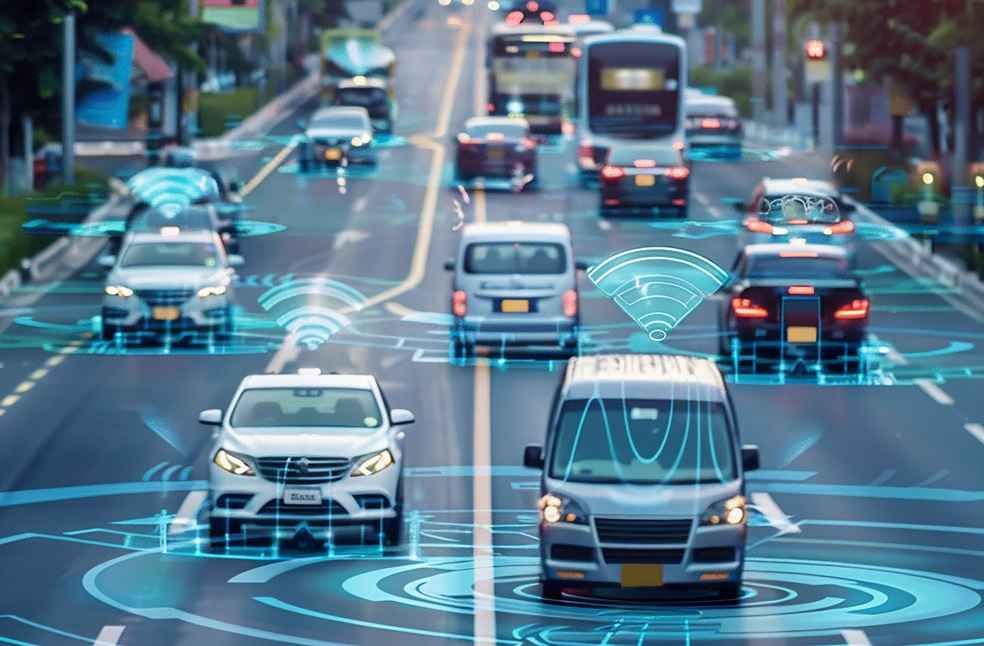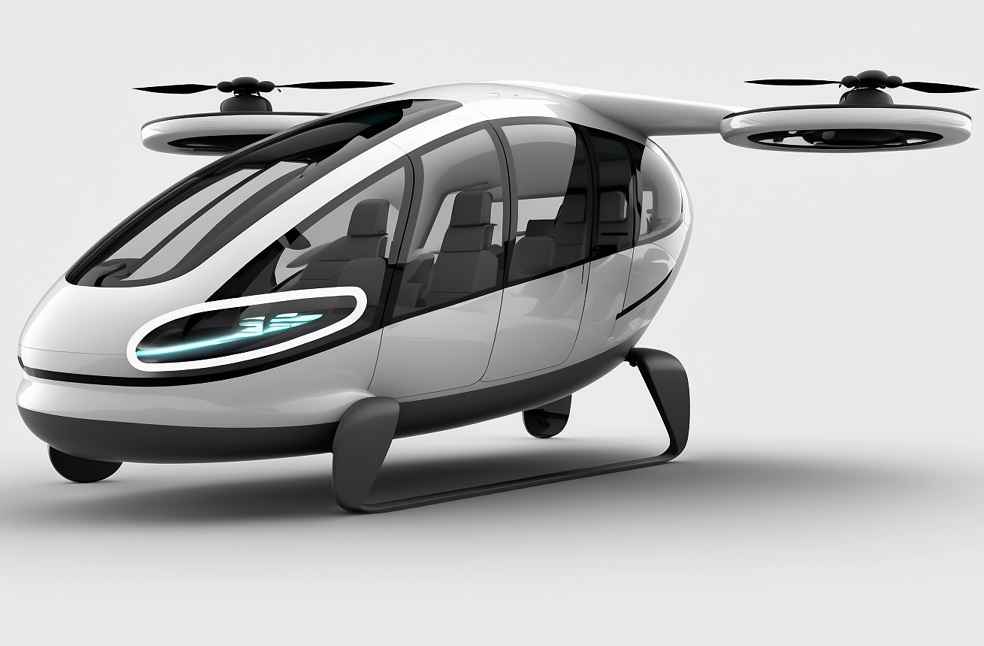A Glimpse Into the Future
Imagine this—while travelling in an autonomous vehicle, you effortlessly order your favourite meal through your kitchen robot. As you approach home, the air conditioning switches on automatically, ensuring a comfortable environment. Upon arrival, the gate opens as your vehicle approaches and closes securely behind you. The front door unlocks automatically as you step out, and the kitchen robot is ready to serve the freshly prepared meal you ordered.
Now picture this—when household supplies run low, your autonomous vehicle drives itself to an automated supermarket. Robots at the store load the required items into your vehicle, which then returns home. Once parked, your kitchen robot unloads the groceries and neatly arranges them in your kitchen. These futuristic conveniences are no longer the stuff of science fiction but are rapidly becoming a reality, driven by advancements in technology and infrastructure. Here’s how the world is shaping up.
Autonomous Driving
The era of fully autonomous vehicles is near. With Level 4 and 5 autonomy, cars will soon operate without human intervention in most conditions, revolutionising how we travel. These self-driving fleets, powered by AI, promise to reduce urban congestion and enhance road safety through efficient traffic management systems.

Connected Vehicles
Connected vehicles equipped with Vehicle-to-Everything (V2X) communication will transform mobility by enabling seamless interaction with other vehicles, infrastructure, and even pedestrians. Innovations like digital twins will monitor vehicle performance in real-time through cloud-based systems, ensuring predictive maintenance and optimal functionality.
Alternative Fuels
The push for sustainable mobility has given rise to hydrogen fuel cells and synthetic fuels. Hydrogen-powered vehicles are emerging as a key solution for heavy-duty and long-haul transportation. Meanwhile, carbon-neutral synthetic fuels are extending the life of internal combustion engines in a greener future.
Advanced Manufacturing
Advanced manufacturing techniques such as 3D printing and modular design are paving the way for customisation and waste reduction. Circular economy models aim to recycle and repurpose materials from old vehicles, minimising their environmental footprint.
Smart Infrastructure

Cities are embracing smart infrastructure to support autonomous and connected vehicles. AI-driven traffic systems, wireless charging roads, and optimised parking solutions are set to redefine urban mobility, making it more efficient and sustainable.
Augmented and Virtual Reality
The integration of AR and VR technologies will redefine the in-car experience. Augmented reality windshields will provide real-time navigation and hazard alerts, while immersive interiors powered by VR will enhance entertainment and productivity for passengers.
Personalised Mobility
AI will customise the driving experience to user preferences, adjusting settings such as seating, lighting, and infotainment. Subscription-based ownership models will provide flexible access to various car models, moving away from traditional car ownership.
Next-Gen Safety Features
Safety innovations like biometric monitoring will prevent accidents by identifying driver fatigue or medical emergencies. AI-powered crash prediction systems will anticipate and avoid collisions, setting new standards in road safety.
Aerospace Influence
Flying cars are on the horizon, promising urban air mobility solutions for short-distance air travel. Space-grade materials, renowned for their durability and lightweight properties, are being adapted for use in automotive applications.

Energy Efficiency Beyond EVs
Energy-efficient technologies like solar-powered cars and advanced kinetic energy recovery systems (KERS) are reducing dependency on external power sources. These innovations enhance the range and sustainability of vehicles, pushing the boundaries of energy efficiency.
New Business Models
Mobility-as-a-Service (MaaS) platforms will integrate various modes of transport into unified, on-demand services. Virtual showrooms are replacing traditional dealerships, enabling consumers to explore and purchase vehicles digitally with greater convenience.
Seamless Future Awaits
The seamless integration of these technologies heralds a new era where automation, sustainability, and connectivity converge to transform everyday life. As these advancements gain momentum, the convenience and efficiency they bring will redefine the way we live, travel, and interact with the world around us.
OBSERVATION | Automotive Waste: Challenges and Sustainable Solutions





